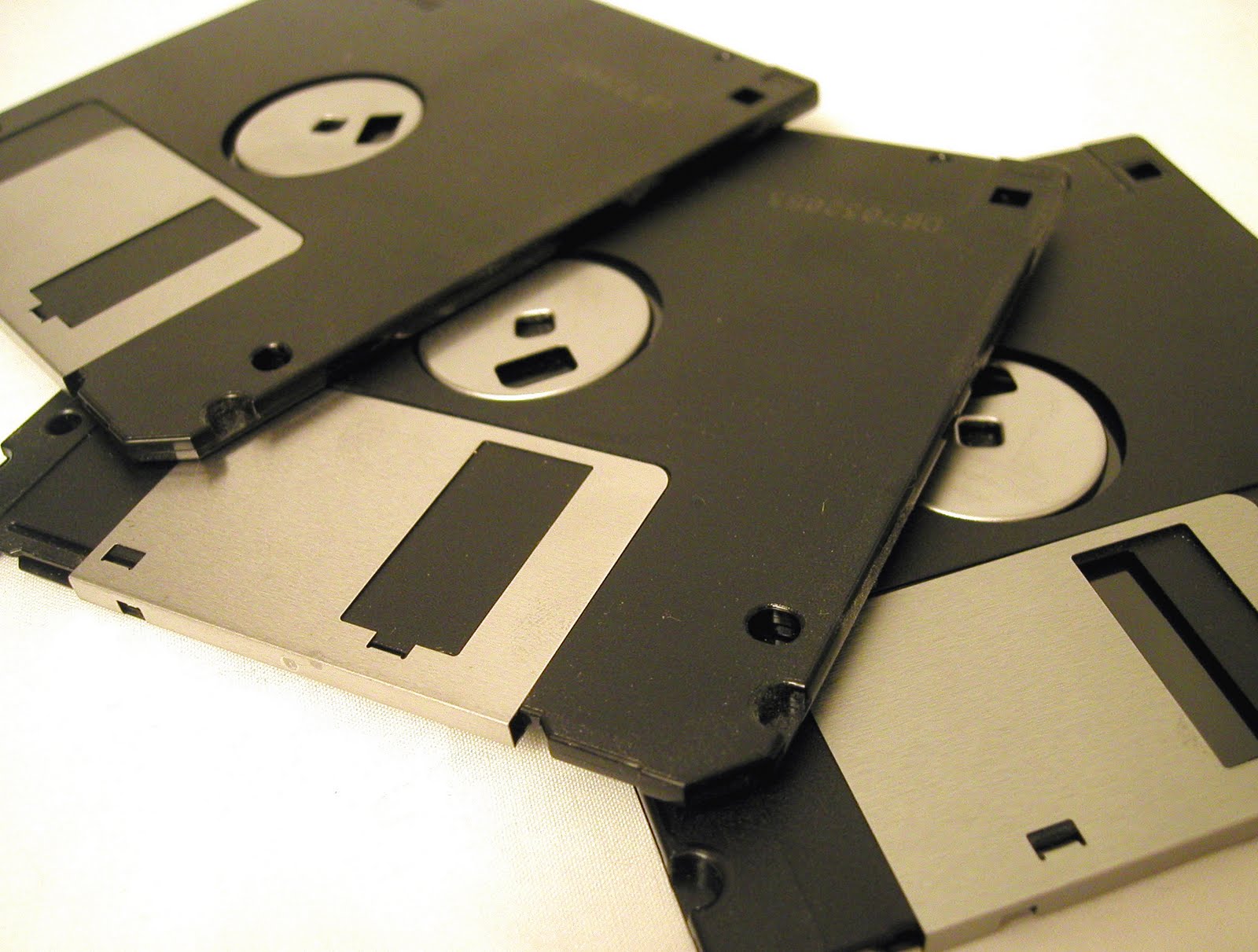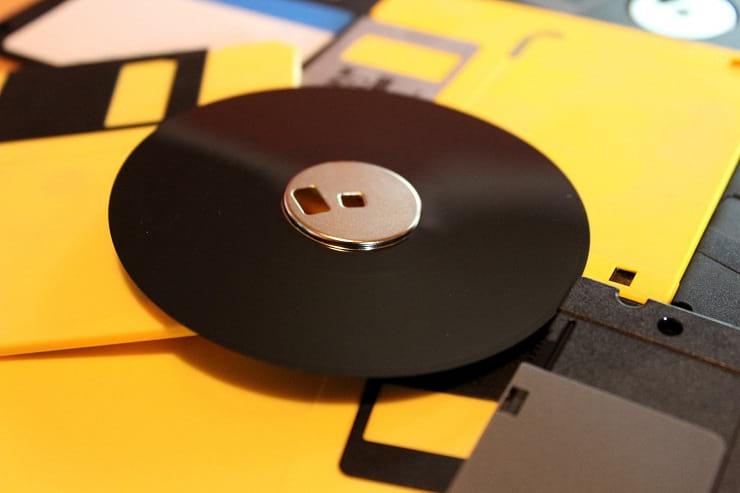
Disk drive performance and characteristics are measured by the same standards now as they were in the 1950s. The basic mechanical arrangement of hard disk drives has not changed since the IBM 1301. Both the hard disk drive (HDD) and floppy disk drive (FDD) were invented by IBM and as such IBM's employees were responsible for many of the innovations in these products and their technologies.

Eventually, PCs stopped having floppy disk drives altogether as other data storage and transfer media took over.IBM manufactured magnetic disk storage devices from 1956 to 2003, when it sold its hard disk drive business to Hitachi. Later PCs, however, were more likely to have only a 3 1/2" drive, set up to respond to both drive letters. Often the 5 1/4" drive was drive A, and the 3 1/2" one was drive B. In the late '80s and early '90s, it was common for desktop PCs to have both 5 1/4" and 3 1/2" disk drives in order to be compatible with all software and data, which might be distributed on either format. The high-density drive heads were smaller, and the data written by them might not be picked up correctly by the larger low-density heads, particularly if the new data was overwriting data stored earlier using large-headed drives, which might not be completely overwritten.) (There were compatibility issues in reading 360K disks on low-density drives after they were written to with a high-density drive, even though the writing is done in an emulation of the old format, due to the different drive head on the newer drives.

These disks were generally used with FAT12 file systems under the MS-DOS or PC-DOS operating system.Īfter being a commonplace format for most of the 1980s, this format declined in favor of the high-density PC-DOS 1.2M format and the 3 1/2" PC-DOS 720K format and PC-DOS 1.44M format. It had 40 tracks per side, with 9 sectors per track, and 512 bytes per sector. It replaced earlier 160K, 180K, and 320K formats using either fewer sectors, single-sided disks, or both, with a new format getting the most out of a double-sided, double-density 5 1/4" floppy disk. The PC-DOS 360K format was a very common floppy disk format in the 1980s, used on IBM PCs and compatibles.


 0 kommentar(er)
0 kommentar(er)
